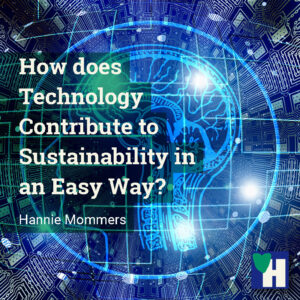
Many people are willing to contribute to sustainability, yet at times lack the time or the knowledge to put that intention into practice. Can tech contribute to making sustainable living easier?
As always the short answer to that question is both yes and no. Many apps have a specific topic to make it easier to find the right information. On the other hand, the huge amount of internet traffic and data storage results in the consumption of resources as well.
How does technology contribute to sustainability? Which choices are responsible, sustainable, and at the same time make our lives easier?
In this article, I will introduce a number of apps and websites that focus on sustainability and tips for using technology in a sustainable way.
Some of the links are affiliate links. As an affiliate associate, we earn a commission when you purchase any of the products offered through the shared links at no extra cost for you. This helps us maintain this website.
Table of contents
How does technology contribute to sustainability?
Technology can be both a blessing and a curse. By using technology considerately, we can ensure that the benefits outweigh the drawbacks. Various websites and apps assist us with this.
Is technology making us more sustainable?

On its own, technology will not make us more or less sustainable. The most important thing remains how we deal with the options available to us.
A satellite launched into space to predict the weather can help make decisions about sowing and harvesting at the right time.
A rocket sent into space to trump a fellow billionaire and then lands back on earth after a few minutes while spending a lot of fuel doesn’t help anyone.
Useful websites to help us be more sustainable
Ecosia, a sustainable search engine
Every time you search for information in Ecosia, a tree gets planted. The cost for the planting is funded by the ads on the search results. Their data facility is completely CO2 neutral, unlike – for example, Microsoft’s – an Ecosia search does not produce harmful CO2.
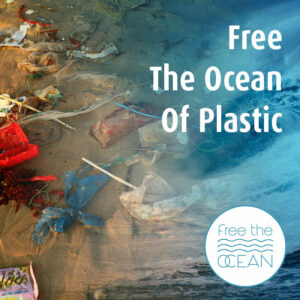
Free the ocean
Free the Ocean is a fun site for children and for yourself if you like trivia facts. Every day they ask a multiple-choice question on the website that you can answer by clicking one of the buttons.
Your visit generates advertising revenue for them with which Free the Ocean funds organizations to clean up plastic.
Donegood, sustainable and ethical shopping
Donegood collects brands that offer sustainable and ethical products. We as consumers have a lot of power by choosing the companies we want to do business with. However, we cannot fully inspect every company to assess each aspect of their production for sustainability. Donegood does that for us.
Apps that make our sustainable life easier
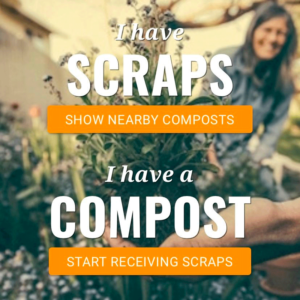
If you’re used to throwing your organic waste into the compost heap, like Tom and I are, using the trash can on vacation is awful.
Fortunately, there is Sharewaste, an app that brings people together who have a compost heap on the one hand and waste that they want to dispose of sustainably on the other.
To my surprise, there are even Spanish addresses, although some locations in Spain aren’t (yet) well covered.
The app Olio connects people who want to share food and stuff to fight food waste and avoid stuff ending up in landfills. The focus is on food waste. For food that has (almost) expired and which you can no longer consume on time. Or if your harvest is bigger than you can handle.
Too Good To Go
Another anti-food waste app, that is available in the Google Playstore and in the App Store, is Too Good To Go.
Olio is for people who have food leftover, Too Good To Go is for restaurants and shops that have food leftover at the end of the day. Usually, this will not be offered for free, but at a discounted price.
Love takeout, hate waste? Use Jybe
Mainly based in the US, unfortunately. I would welcome an app like this in Europe! Jybe wants take-out packaging to be more sustainable and lets the app users write a review about the materials used. They give feedback to the restaurants with tips for improvement.
Declutter your house with Clutterfree
A minimal lifestyle often is a sustainable lifestyle. If you can use some help to declutter your home, the app Clutterfree might come in handy.
Random Acts of Green
This app will provide you with ideas about green behavior. You get rewarded with points for every green act you do and these green points can be used at connected eco-conscious businesses. Either use Random Acts of Green on your own or make it even more impactful by being part of the community.
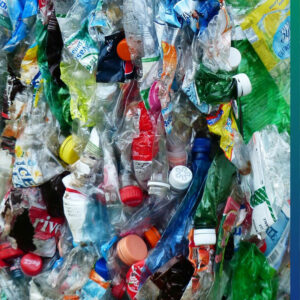
My Plastic Diary
As the name of the app says in My Plastic Diary you can track the amount of plastic used on a given day. The goal is to encourage you to use less plastic. On average, a person uses 30 kg of plastic per year.
By the way, we also eat plastic. According to the World Wildlife Fund, that amount equates to one credit card per week. Most of it is in the form of microplastics. A gruesome idea, don’t you think?
Some tips to deal with technology in a sustainable way
Do you have to print every text?
Often I hear people remark they just can’t read from a screen so they have to print the text. It might be better to first examine the screen itself. Are the colors all right, does the screen have sufficient resolution?
Depending on the ambient light, a white text on a black background may be easier to read than black text on a white background.
It can also help to set the screen colors warmer. Most current screens have the option to set this per time of day.
If the screen has enough resolution, the typeface is more serene, which improves readability. Since Tom has his e-reader, he is no longer so adamant that he cannot read from a screen. 🙂
How many copies of a picture do you need?
Now that our mobile phones all have a camera, a lot is being photographed. Digital is not always the most sustainable solution. Data storage also costs money and space.
Go through your photo files critically on a regular basis and immediately get rid of the blurry, poorly composed, and poorly exposed ones. Find the best photo of a series and delete the rest.
Do you want to keep all those photos you receive via WhatsApp? You can turn that on or off per account.
Get a grip on the inbox
Even if we don’t have a working life, we receive loads of emails. Try to minimize your inbox as much as possible. Throw away old emails and emails that don’t need to be saved. By making rules in the program to automatically direct emails into folders you facilitate that process.
Sustainability newsletters are only marvelous if you read them. When you get too many emails and you don’t read them anymore it’s better to skip the subscription.
Shut down the computer
If you won’t be using the computer for more than 2 hours, shut it down rather than letting it sleep.
Related: Review: Smart Power Strips save Energy and have other Advantages
Tech can contribute to sustainability
Whether technology is sustainable or not depends on our attitude to hardware and usage.
Sometimes this requires an extra effort, such as finding out whether our cloud service is CO2-neutral and uses renewable energy.
Do you have any tips for using sustainable tech or tech sustainably? We’d love to hear from you in the comments.

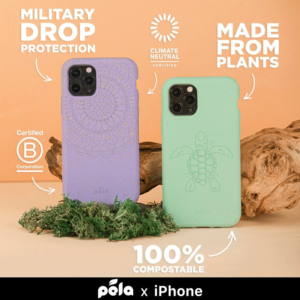

I had no idea a sustainable browser even existed, I just installed it on both my devices. In fact, all these resources are a goldmine for all of us who are trying to do better. I work from home as a freelancer so I spend a lot of time in front of the pc, these tips are sure to help.
Hi Allison, I am so glad to hear that the tips help you. Like you, I am on the computer for a great part of the day, so I am also constantly thinking about ways to work as sustainably as possible. 🙂
Thanks for your comment and stay healthy.